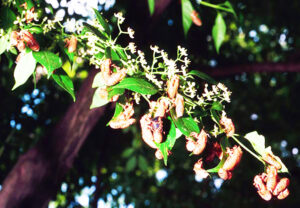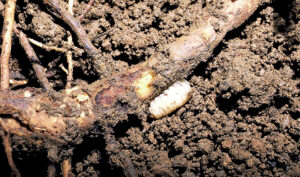
A white grub feeds on a root. / Robert L. Anderson, USDA Forest Service, Bugwood.org
By Art Kabelowsky, DNR Outreach and Communications
Arthur.Kabelowsky@wisconsin.gov or 608-335-0167
White grubs, the larvae of Wisconsin’s native May/June beetles (Phyllophaga spp.), can cause significant damage to forest plantings.
To help those who plan to plant seedlings and saplings, the Wisconsin Department of Natural Resources’ (DNR) Forest Health team has produced a fact sheet on white grubs, aimed specifically at forest plantings.

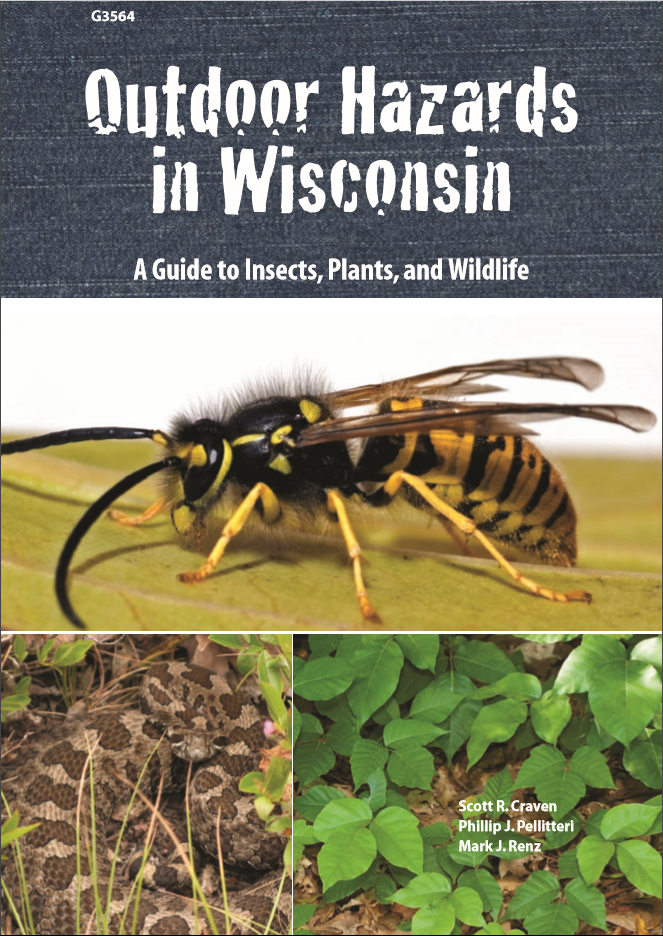 Have you ever walked through a patch of poison ivy or brushed up against wild parsnip? If so, you probably learned an uncomfortable lesson about encountering harmful plants. Luckily, there is a less painful way to learn about dangerous vegetation hidden among Wisconsin’s natural beauty. Now is the time to brush up on hazards you may encounter while working or recreating outdoors.
Have you ever walked through a patch of poison ivy or brushed up against wild parsnip? If so, you probably learned an uncomfortable lesson about encountering harmful plants. Luckily, there is a less painful way to learn about dangerous vegetation hidden among Wisconsin’s natural beauty. Now is the time to brush up on hazards you may encounter while working or recreating outdoors.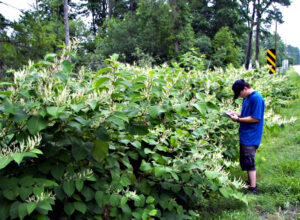
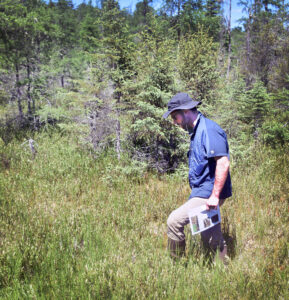
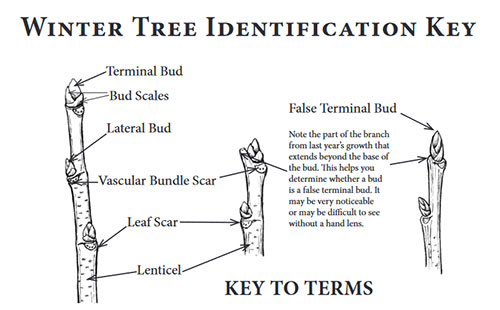 How do you learn to identify trees in the middle of a Wisconsin winter when most of the leaves are on the ground?
How do you learn to identify trees in the middle of a Wisconsin winter when most of the leaves are on the ground?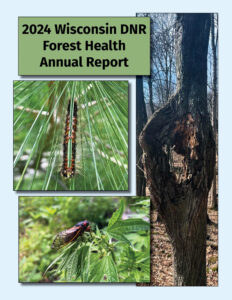
 As Wisconsin braces for another potentially busy season of spongy moth caterpillars, three state agencies have teamed up to make it easier for tree owners and others to access the latest information and advice on the invasive, leaf-chomping pests.
As Wisconsin braces for another potentially busy season of spongy moth caterpillars, three state agencies have teamed up to make it easier for tree owners and others to access the latest information and advice on the invasive, leaf-chomping pests.